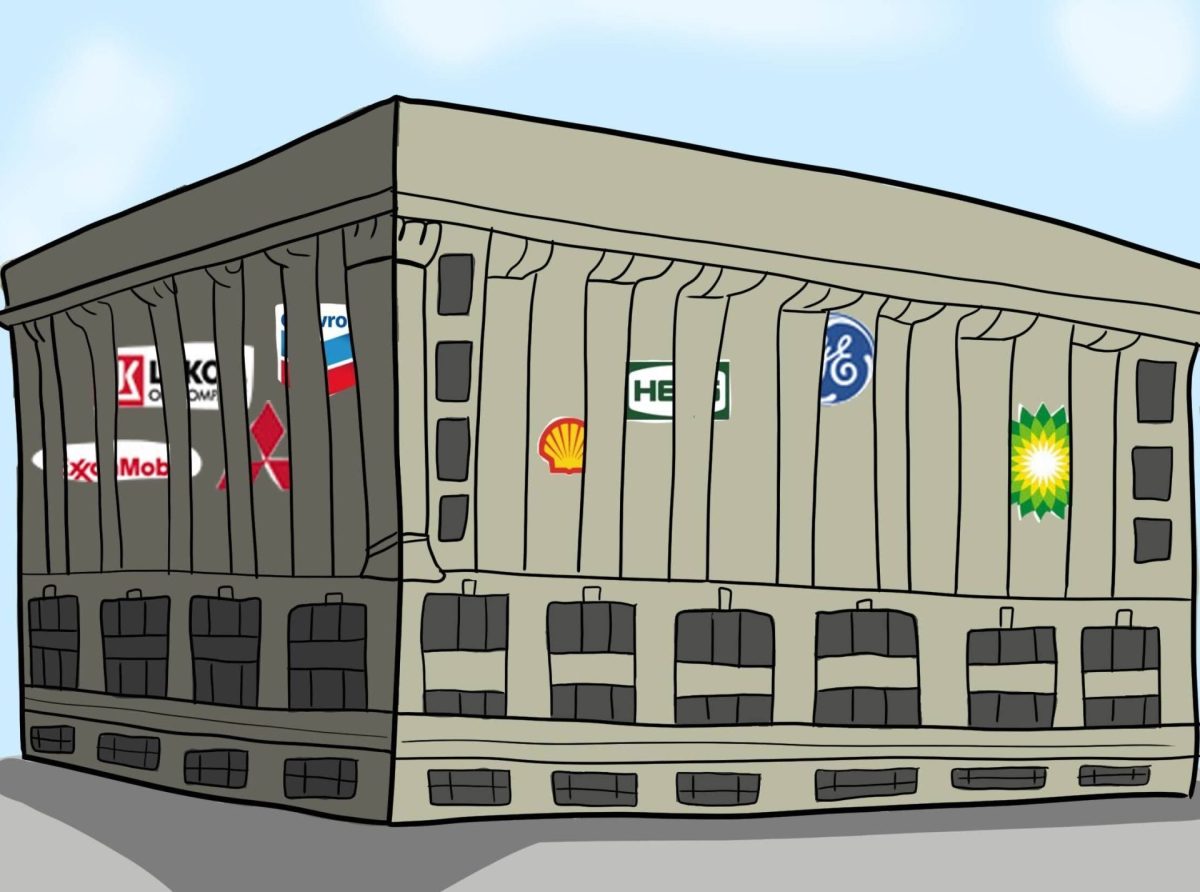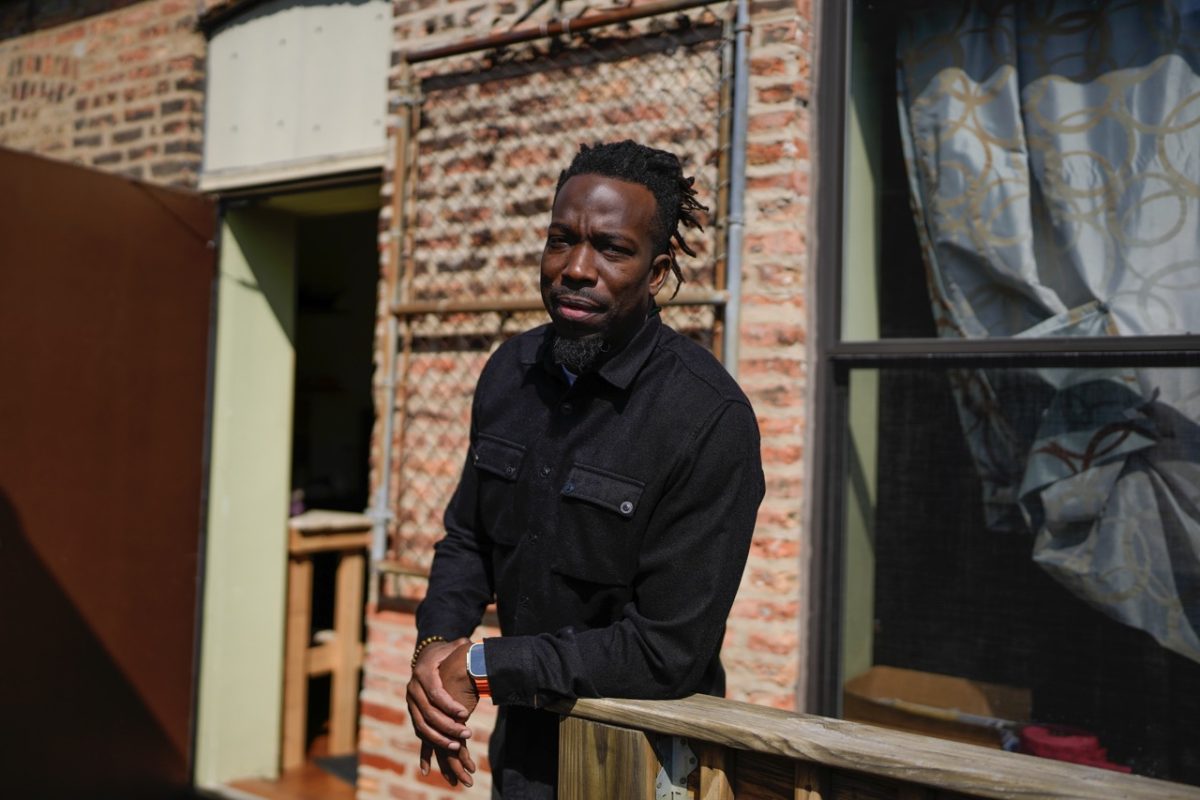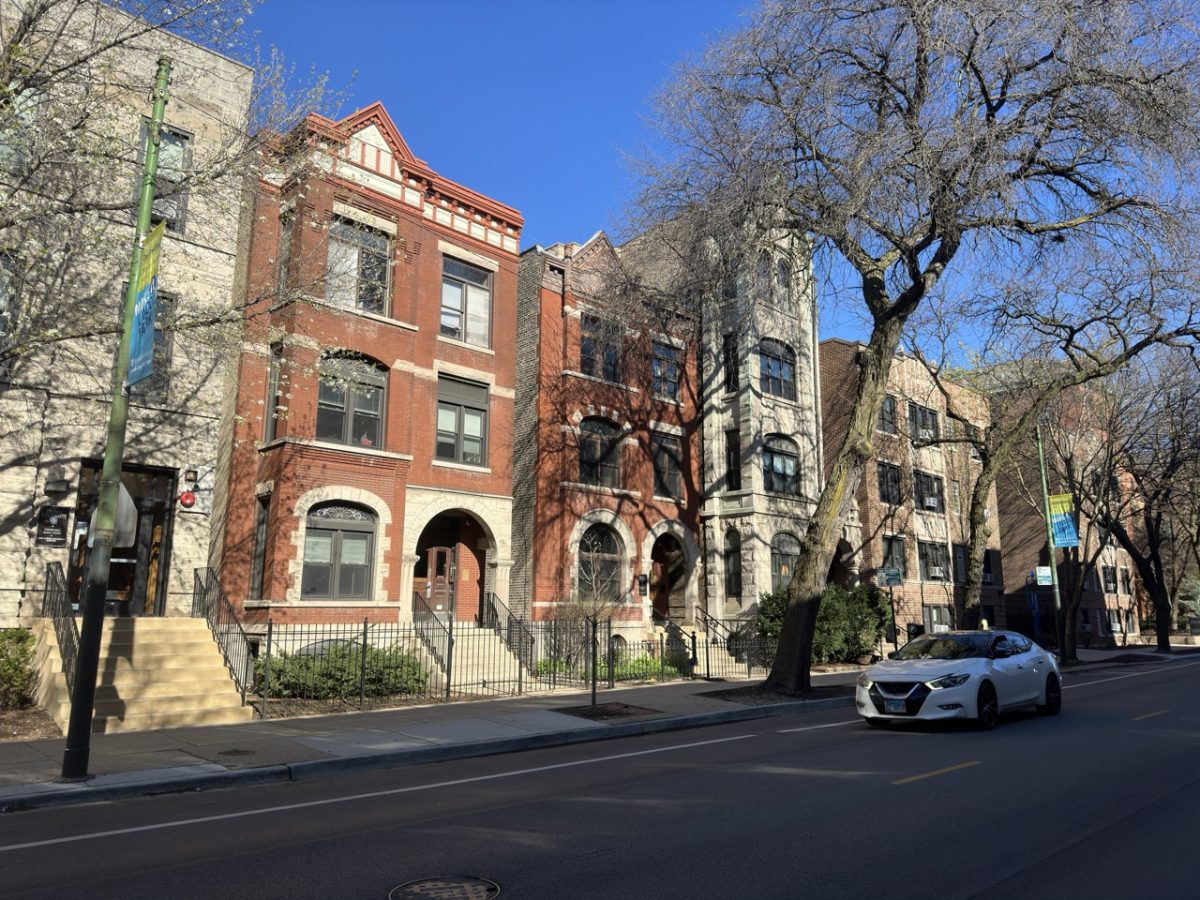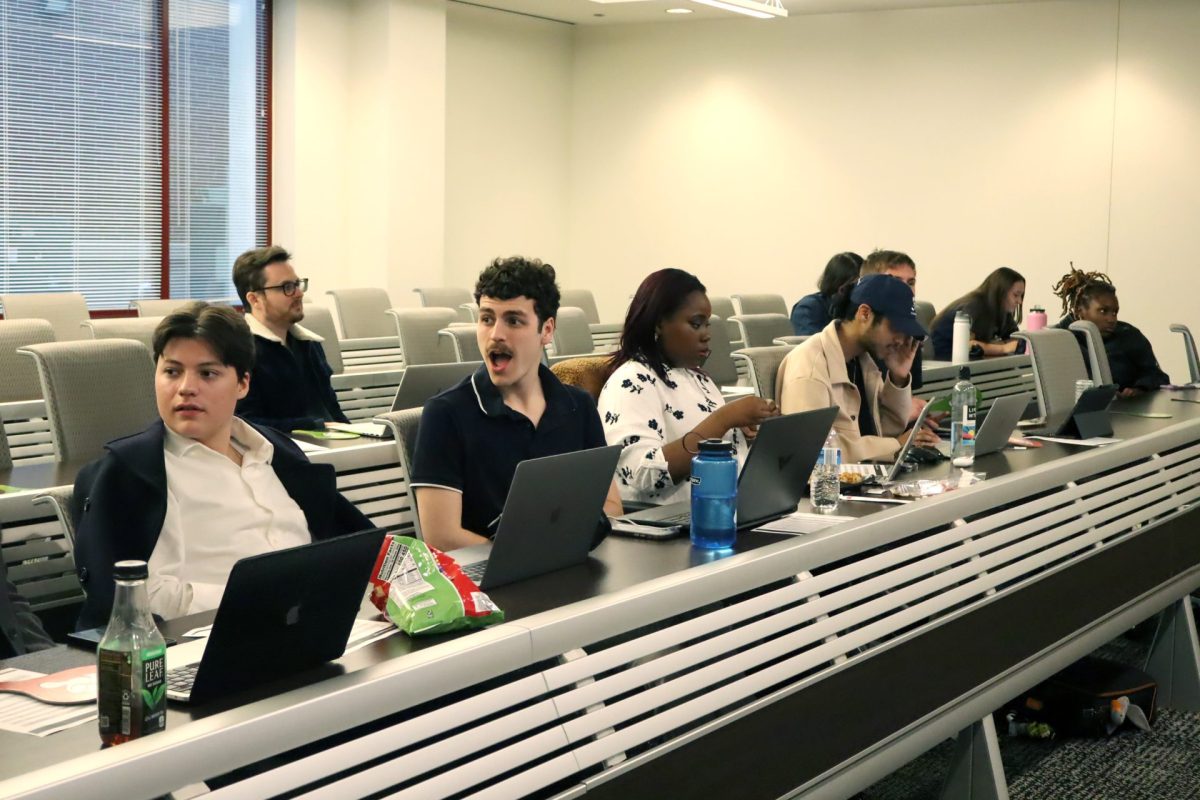More DePaul students are taking online classes than ever before, most of whom are also enrolled in face-to- face courses, a trend that reveals the increasing popularity of the university’s expanded online course curriculum.
From 2010 to 2015, the number of students enrolled in online courses increased by 64 percent, from 3,384 to 5,560, according to the 2016 abstract from DePaul Enrollment Management and Marketing. During the fall of 2015, 24 percent of students took online classes, compared to 13 percent in 2010.
During the summer term, the least busy time of the year on campus, 35 percent of all credit hours were taken online. Seventy-four percent of all undergraduate courses during the summer term were taken online.
At the same time, total university enrollment has decreased, according to DePaul’s 2015 enrollment summary. In 2010 total university enrollment amounted to 25,145, declining to 23,539 in 2015. Almost one in five students take a class online.
“Enrollment in online classes has grown consistently over the past 15 years, since DePaul started offering fully online courses,” said GianMario Besana, an associate provost who is in charge of DePaul’s online academic strategy. “A lot of progress has been made since then and now every college at DePaul is engaged in the online arena.”
In 2015, the College of Computing and Digital Media had the most students taking online classes, with 1,740 students. The School of New Learning has the largest portion of students in its school taking online courses, at 54 percent. The College of Communication (CMN) and the College of Science and Health (CSH) had the highest proportional increases. Thirty-two percent of CMN student took online classes, compared to 7 percent in 2010, and CSH increased from 6 percent to 22 percent during the same period.
Students who only take online classes are a minority, Besana said, and because DePaul doesn’t keep track of those students, there is no data available on them.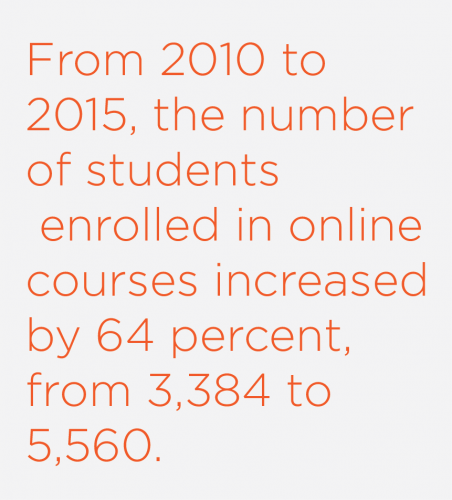
The largest growth in online enrollment at DePaul is at the undergraduate level, Besana said. He said students opt for online classes for no motive in particular.
“Students gravitate toward online offerings for a wide variety of reasons: convenience, scheduling needs, job and family responsibilities,” Besana said.
Many classes are also only offered online. When students are looking for classes to enroll in, they may go with the online one because they want to experience that class and learn under a specific professor.
Faculty have had to undergo extensive training in order to provide hybrid and fully online classes for students. Professors received similar training when the university introduced D2L and Campus Connect, DePaul’s online learning systems that allow teachers to share resources, collect assignments and provide feedback, DePaul’s website outlines.
For all the technological changes, Besana said DePaul’s way of teaching has not been altered.
“The same fundamental pedagogical principles that drive DePaul’s academic quality, including small classes, personal attention, active learning, are translated to the online space,” Basana said.
“DePaul has achieved this by investing a great deal of resources in ensuring that its faculty members are properly trained to become effective online learning facilitators, bringing to the online class the same passion and highly polished teaching craft that they bring to the traditional class.”
The closure of DePaul’s Naperville campus in August 2017 is directly connected to the rise in online enrollment. Established in 1997, DePaul’s suburban campus was created to make it easier for students living and working in the suburbs to take their classes. Because so many classes are now available online, students who used to attend Naperville take their classes at home instead.
In 1999, students at the Naperville campus were taking more than 24,600 credit hours, according to wan email provost Marten denBoer sent out earlier this year. By the fall of 2015, the number of credit hours had dropped to a little more than 700.
“In short, one form of making an education easily accessible has supplanted another,” denBoer said in the email.
To David Kalsbeek, senior vice president for enrollment management and marketing, convenience was what students sought by enrolling at Naperville.
“As more courses at DePaul have been offered online over recent years, and as more competitors offer online degrees as well, convenience for students is enhanced even more than by suburb locations,” Kalsbeek said. “It is only natural that enrollment at Naperville has declined as a partial result of more convenient alternatives.”
Besana expects hybrid and fully online classes to continue to grow.
“(The use of) technology to conduct synchronous online classes is improving constantly and we’ll see a growth in courses where the faculty interact synchronously at a distance with students,” Basana said.
DePaul’s bump in online enrollment parallels national trends. During the fall of 2014 about 3.9 percent more university students enrolled in at least one online class compared to the previous fall, according to an annual report by the Babson Survey Research Group. That translates to about 5.8 million students across the nation who were enrolled in online classes then. Accurate statistics about enrollment trends since then have not been released.
Students have mixed opinions about taking online classes.
Cynthia Zuniga, a junior and health science major, took one online class during her sophomore year and concluded it was not for her.
“I didn’t like it because everything was due Sunday, and because I wasn’t physically in class, I tended to forget about it throughout the week,” she said.
Zuniga ended up dropping the online class, not because of its content, but because it was an online course. She said she intends to never enroll in one again.
“I like being in the classroom,” she said. “Especially since it’s so helpful when other kids ask questions in the class and it’s all discussion-based. You work better, and you understand way more than just being online. It seems so artificial to me.”
Bradley Niemczyk, a freshman and graphic design major, has never taken an online class because he prefers to learn face-to-face.
“I’ve always felt I do better in person when I’m interacting with other students and with the professor,” he said. “It’s more encouraging to go to class and participate, as opposed to online where sometimes I have an issue with forgetting an assignment.”
Niemczyk said that when he is older, working a lot or can’t get to class, online courses are definitely an option.
“I don’t have anything against online classes, I just personally prefer in person,” he said.
On the other hand, Adaure Ajiere, a junior and biology major, wishes she could take all her classes online. She takes a three-hour commute to campus, making face-to- face classes inconvenient.
“I do find them efficient, in terms of time,” she said. “The only problem is that you have to be very self- disciplined.
If Ajiere could at least take all her non-major classes online, and get to her labs on campus, she said she “would definitely do that.”



